Travel Observations: South America Edition
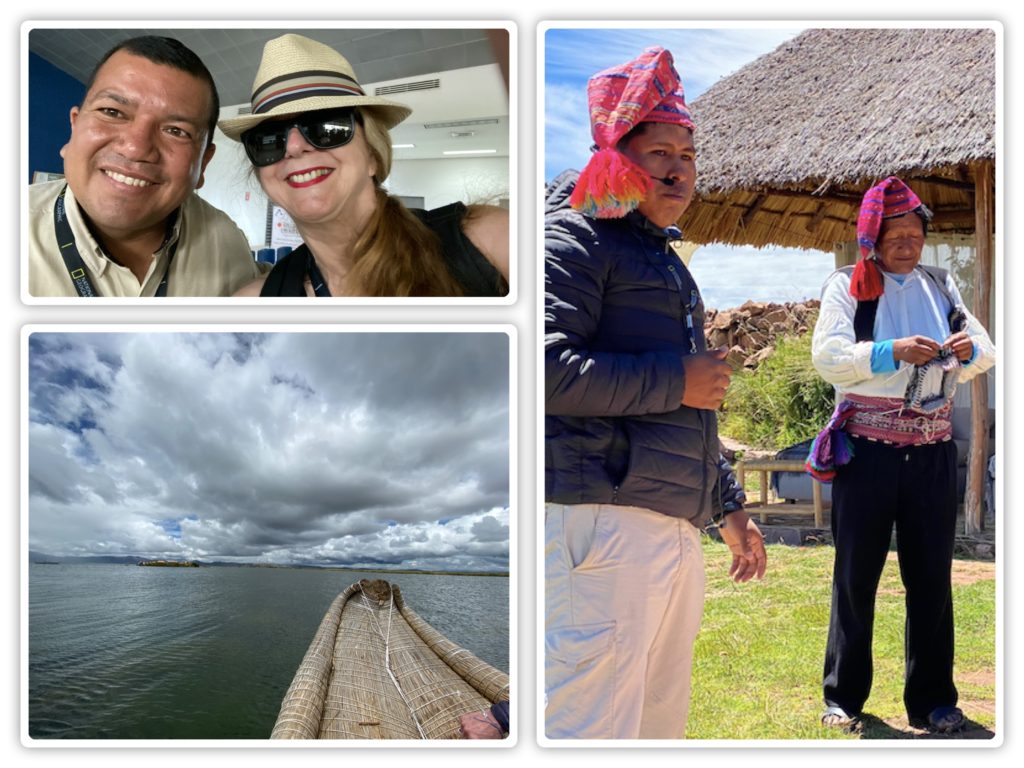
A riddle, wrapped in a mystery, inside an enigma – that’s how I feel about my experiences so far in Central and South America.
I have been trying to figure out why I feel so mixed up about what I’ve seen and experienced over the last week. I feel like I have been whiplashed between meeting warm, nice people, seeing the most beautiful natural scenery, staying at chic boutique hotels, learning about mindblowing feats of engineering and at the same time, having no wifi because thieves stole the cables carrying the internet to the entire country. I’m also trying to wrap my mind around people living according to ancient Incan or Mayan values which often fly in the face of what we consider advances in Western culture – especially as it relates to education and equality of the sexes.
Yesterday, on our last day in Lake Titicaca, I stayed ensconced at our wonderful hotel, the TITILAKA, and attempted to put my feelings into words.
Scroll down for 5 highlights and top-of-mind impressions.
Standout Experiences
1. Learning about the Indigenous Cultures of Taquile Island and the Uru
Taquile Island on Lake Titicaca
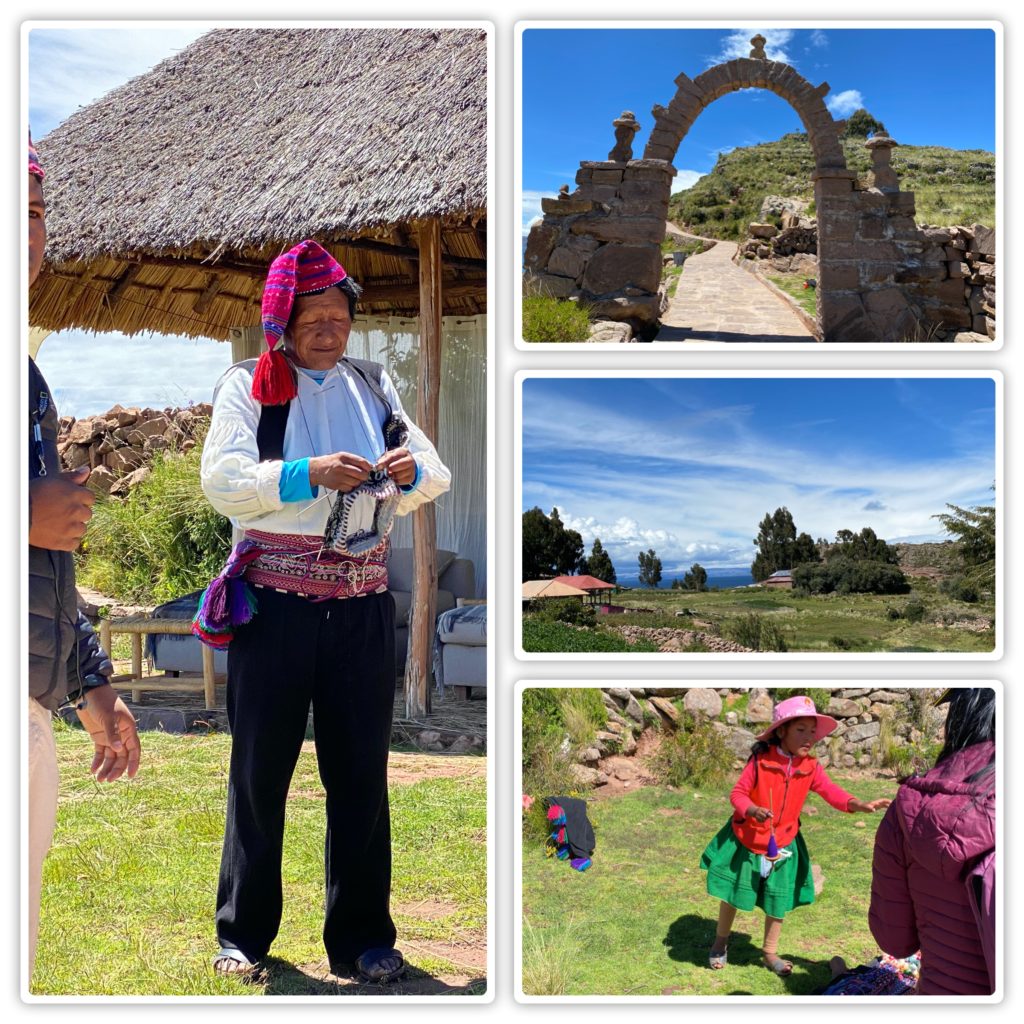
This was simply fantastic. It is a small island about an hour by boat from the Titilaka hotel. It is home to about 3500 Quecha-speaking Taquilenos. We hiked up the hill to a family home that served us the most delicious lunch and Alberth, our guide, filled us in on many of the fascinating rituals associated with the culture.
What I found most intriguing:
- Men are knitters, women are weavers. The men constantly knit, while talking to each other or while walking or just hanging out. A man has to be able to knit a very tightly-knit hat in order to gain a bride.
- All men wear a pouch filled with coco leaves. When men meet each other, instead of shaking hands, they exchange coco leaves with each other.
- Hats are very important and symbolic. They tell the world whether they are married or available, if they are happy or sad.
- It’s a patriarchal culture. The women must always walk 3 meters behind the men and only men can run for office or vote.
- The island has a school and a hospital but no police.
- The society is run on the Inca moral code and has only three rules: do not lie, do not steal and do not be lazy.
- Dating and marriage rituals are also fascinating. Young couples (as young as 13) usually secretly date somebody until they are ready to announce they want to be engaged. This “reveal” is made to each other’s families with plenty of beer and Coca Cola that the future groom must provide. The father of the bride tests the groom’s hat knitting abilities and if they pass muster, the couple then live together for 2 years and if they do so harmoniously, they get married. If they have a child within that engagement period, they must get married.
- While the boys are knitting hats, the girls are weaving “promise belts” which list in symbolic form all the promises their beaus are making to them during their courtship.
- We heard so much more about this – all absolutely engrossing and, of course, much of it running absolutely counter to Western values related to gender equality.
- In 2005, UNESCO recognized the island’s knitting and weaving traditions as “Masterpieces of the Oral and Intangible Heritage of Humanity.”
There are no animals on the island from what I could tell but the locals grow crops like corn, beans and quinoa on the pre-Incan terraces on the hilly terrain. Thanks to a largely vegetarian diet, the locals are said to live an average of 90-100 years. The island is largely untouched by modernity with not even a bicycle, let alone a car, to be seen (although we did hear a chainsaw!).
The Uros Culture on the Floating Islands
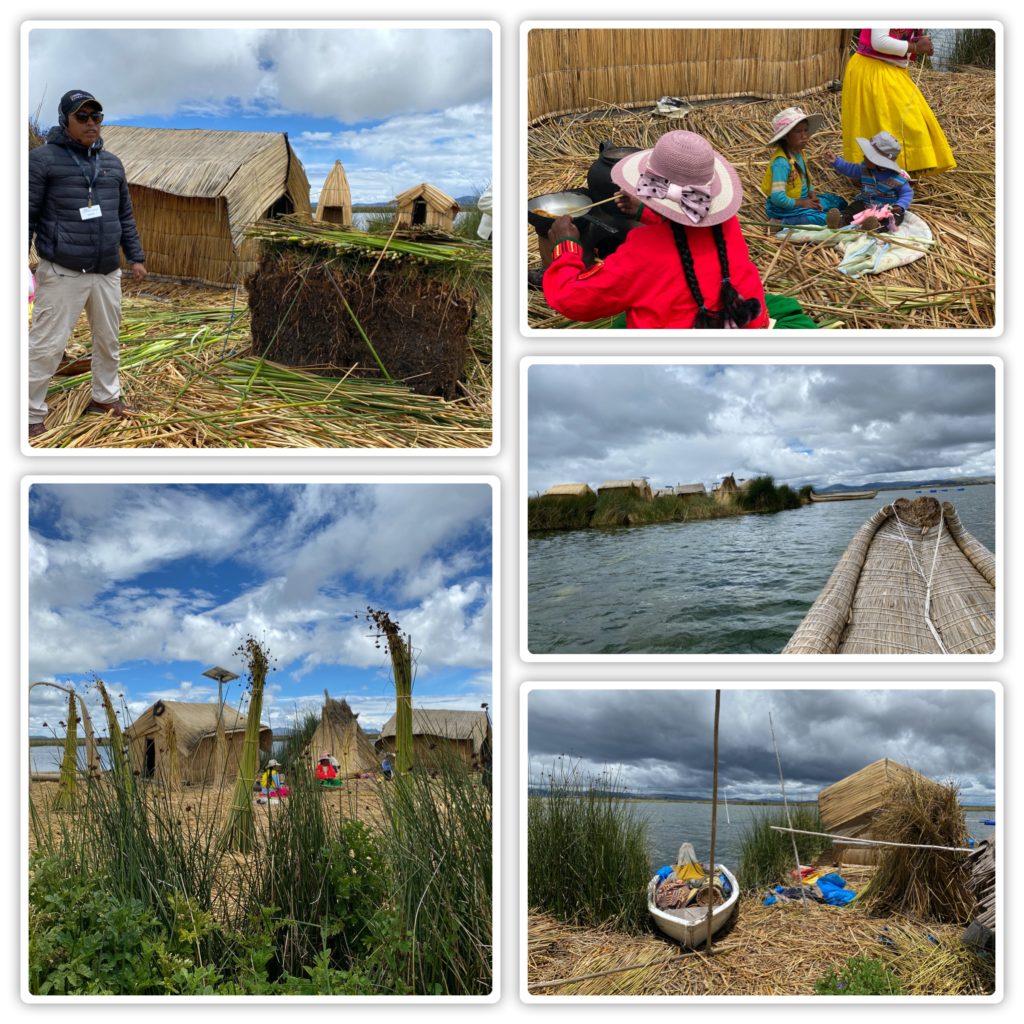
Our local guide (Alberth) grew up on one of the reed islands near Puno. He provided great insights.
The Uros are an indigenous people of Peru (and Bolivia). They live on approximately 120 self-fashioned floating islands in Lake Titicaca near Puno.
I’m not entirely sure about this but I felt that the island we visited was basically created for tourists. Five families supposedly live on the island and although they live in tiny reed houses, they have solar panels and one of the huts (of the leader) had a flat screen TV. One of the women was breastfeeding her toddler and Alberth told us women give birth right on the reed island because hospitals are so expensive. We were also encouraged to take lots of photos since the families on this particular reed island were supported financially through organizations like Nat Geo and others. I’m under the impression that the 120 floating islands near Puno might not take too kindly to a steady stream of camera-toting tourists.
One of the more interesting tidbits of info Alberth provided was how industrious the Uros have to be – laziness is not tolerated. As a result, it is not uncommon for families sharing a reed island to ruthlessly rid themselves of lazy members by sawing off their part of the island and setting them adrift for the sin of sloth.
2. The Panama Canal
What an incredible feat of engineering. We had the opportunity both to dine at the Miraflores Locks site and see one of the big tankers make its way through the locks. The following day, was even more exciting, as we boarded a ship and made the journey through two of the locks ourselves. Seeing the water drop by 31 feet in less than 10 minutes is an absolute marvel. Highly recommend if you get the opportunity.
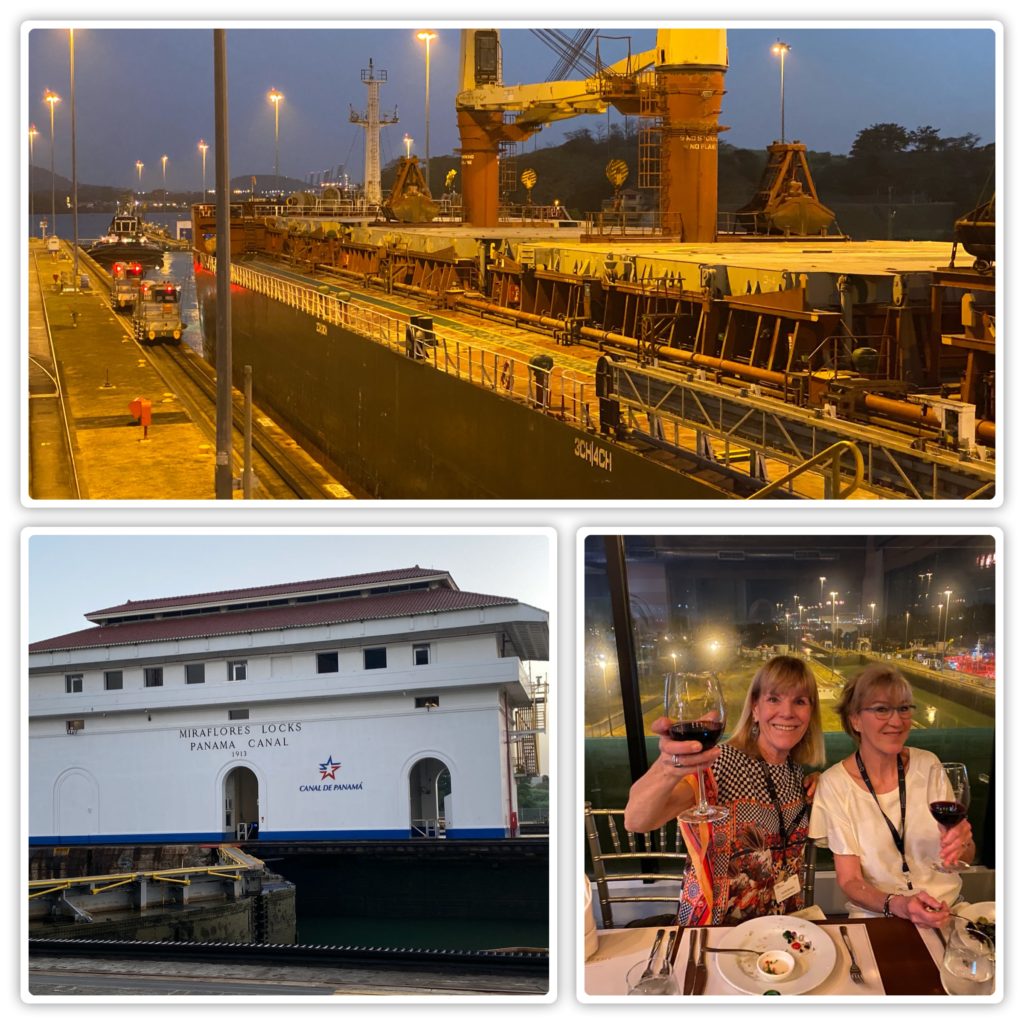
We were part of a 3-ship convoy heading thru the locks – another tourist boat and a gigantic tanker that had only 1 foot to spare on each side of the canal.
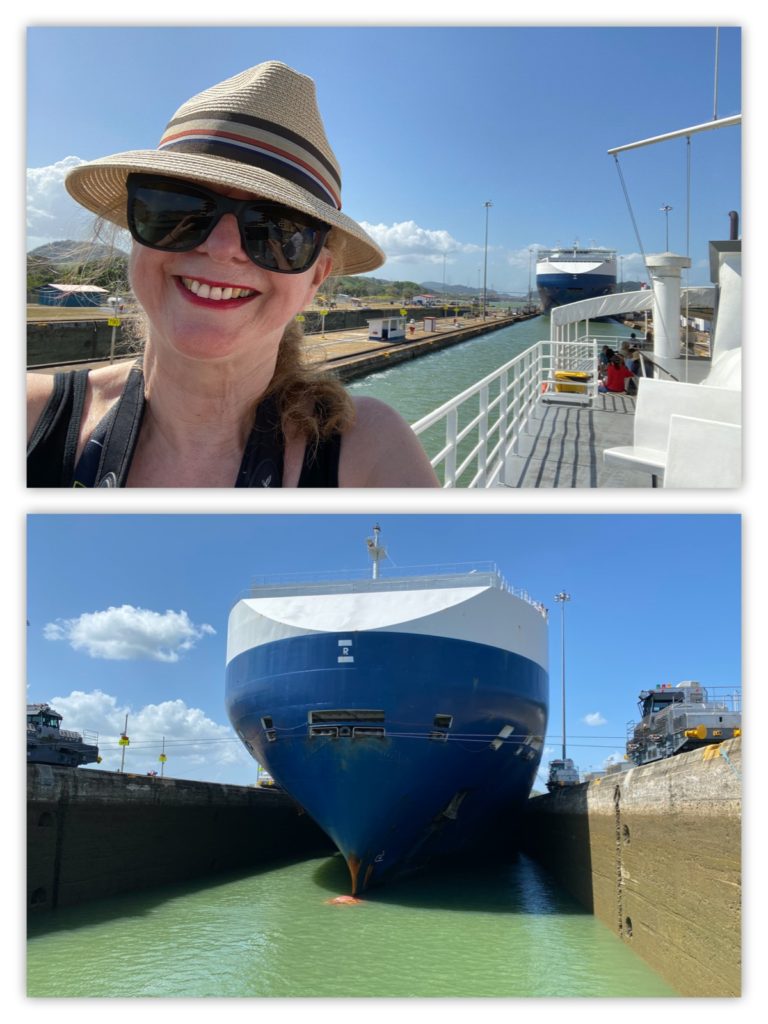
3. Wildlife
Monkeys galore (Guatemala and Panama)
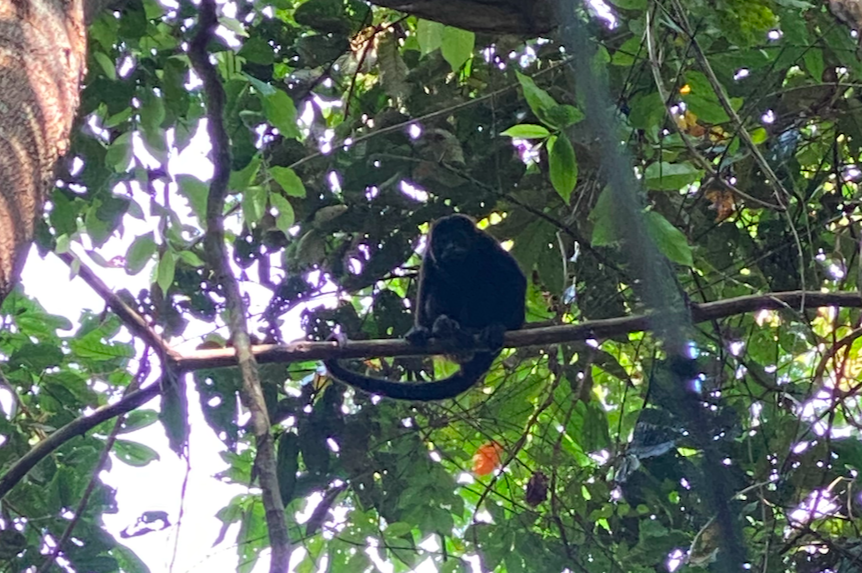
Coatis (Guatemala and Panama)
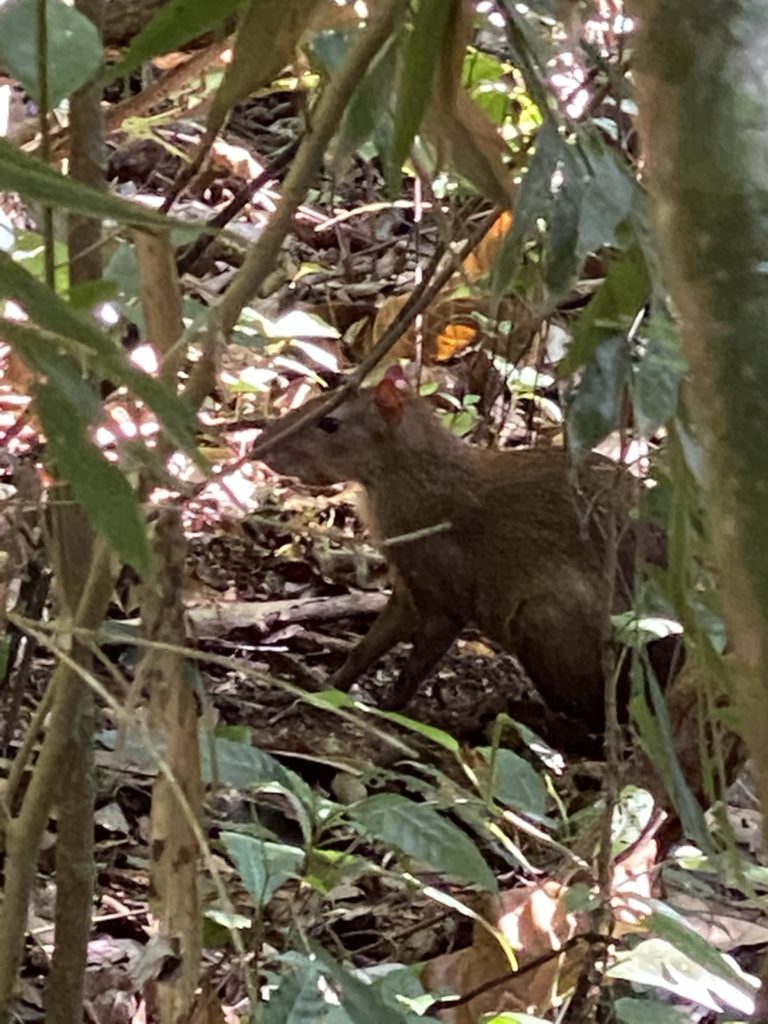
Iguanas (Panama)
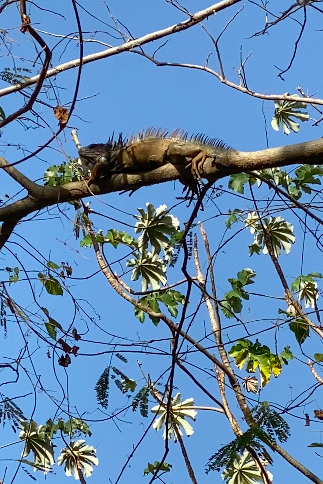
Raccoons (Panama)
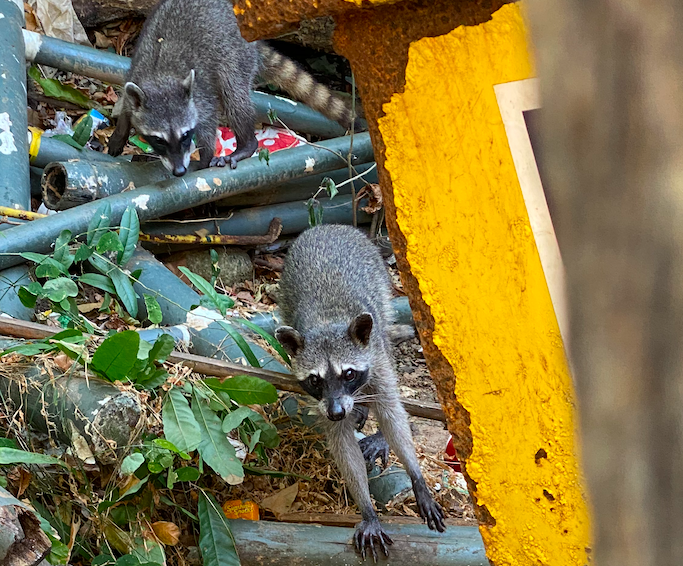
Anteater (Panama) – watch till the end when the head appears!!!
4. FABULOUS HOTELS
Titilaka on Lake Titicaca
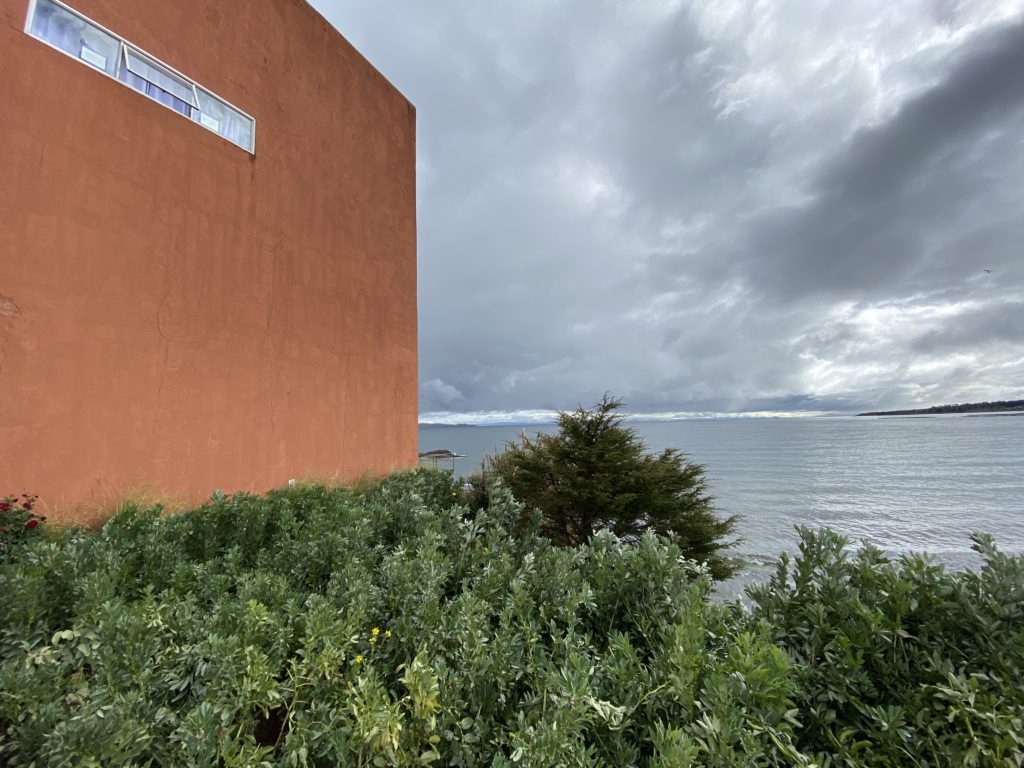
What a pleasant surprise. This hotel, now a 5-star Relais & Chateaux Boutique Hotel, was originally built as a restaurant before being converted to a hotel by Ignacio Masias. It is a glorious property although not much to look at from the outside (and it is hellish to get to). However, the location, the interiors, the hospitality and the culinary experiences are second to none. I could see spending a week here just to clear my mind, write, relax.
My room
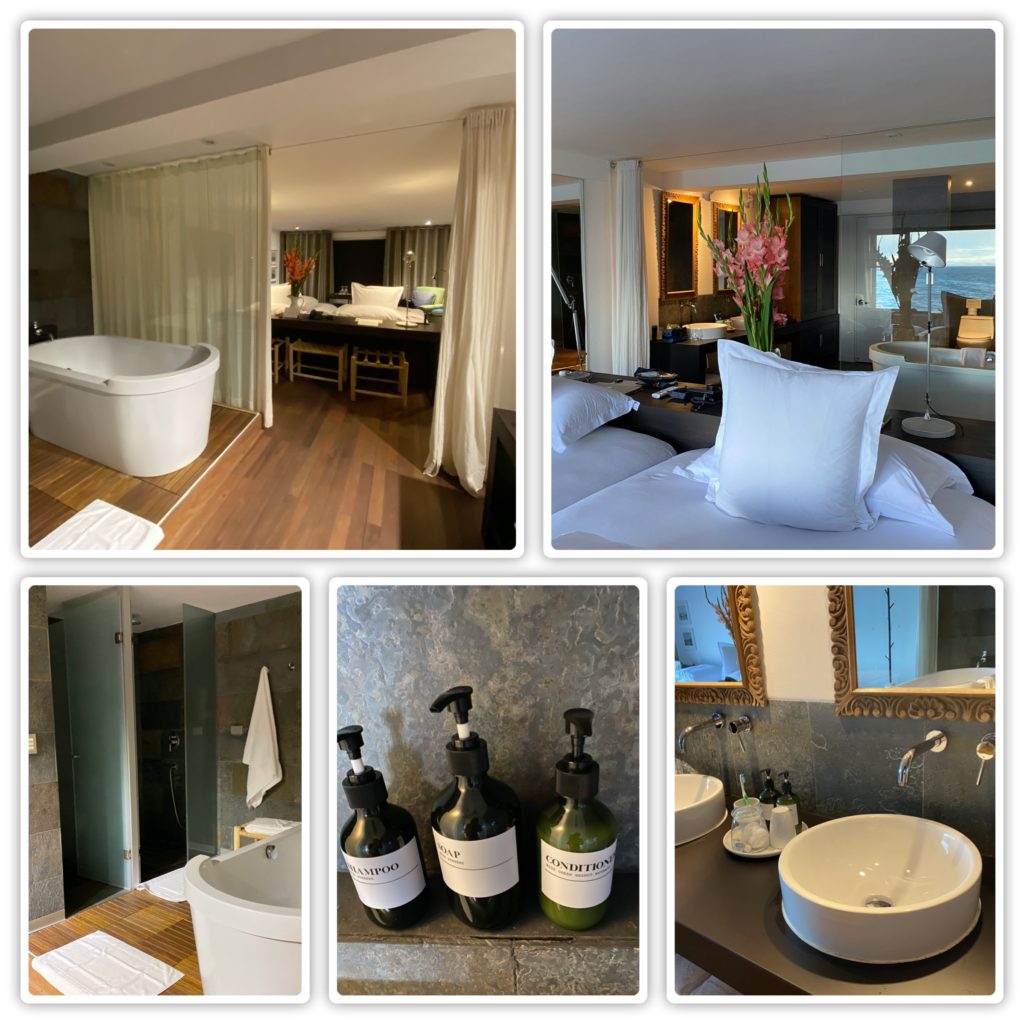
Hotel public spaces
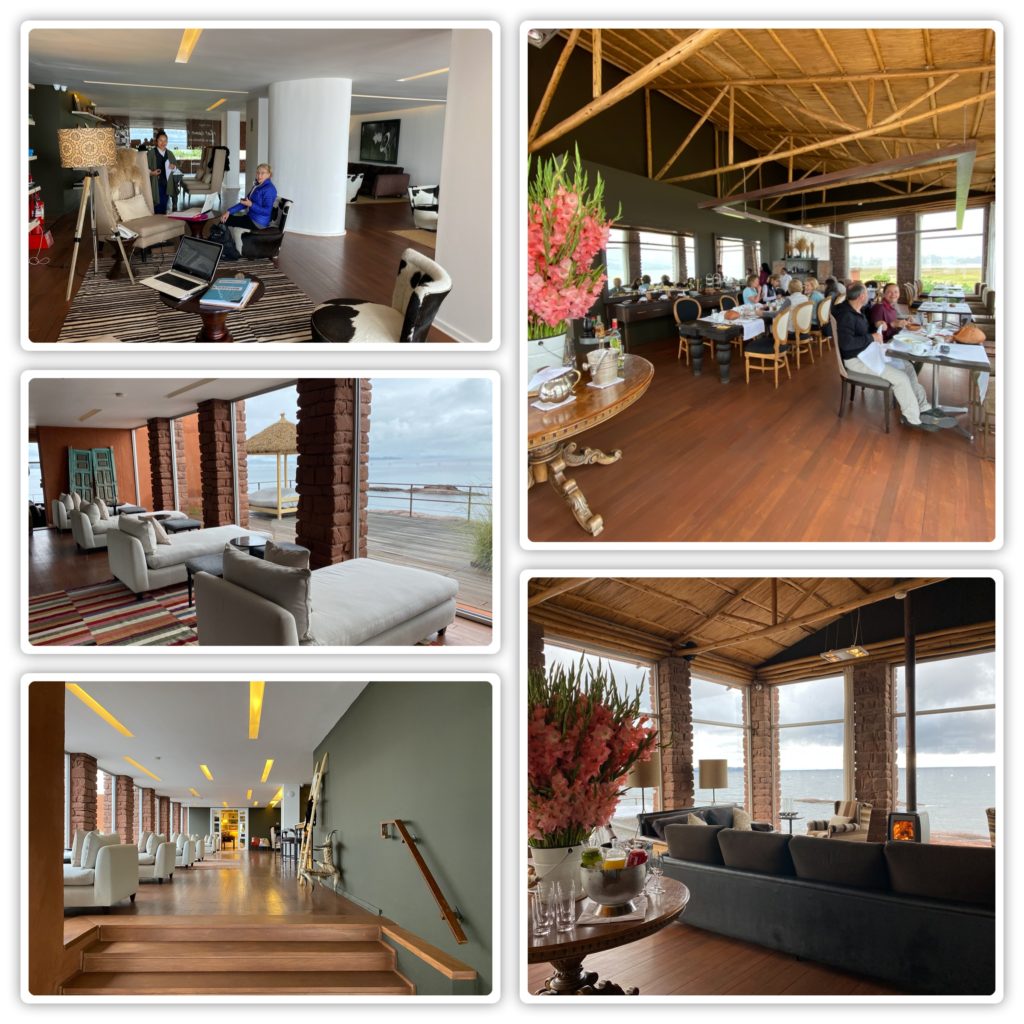
Food
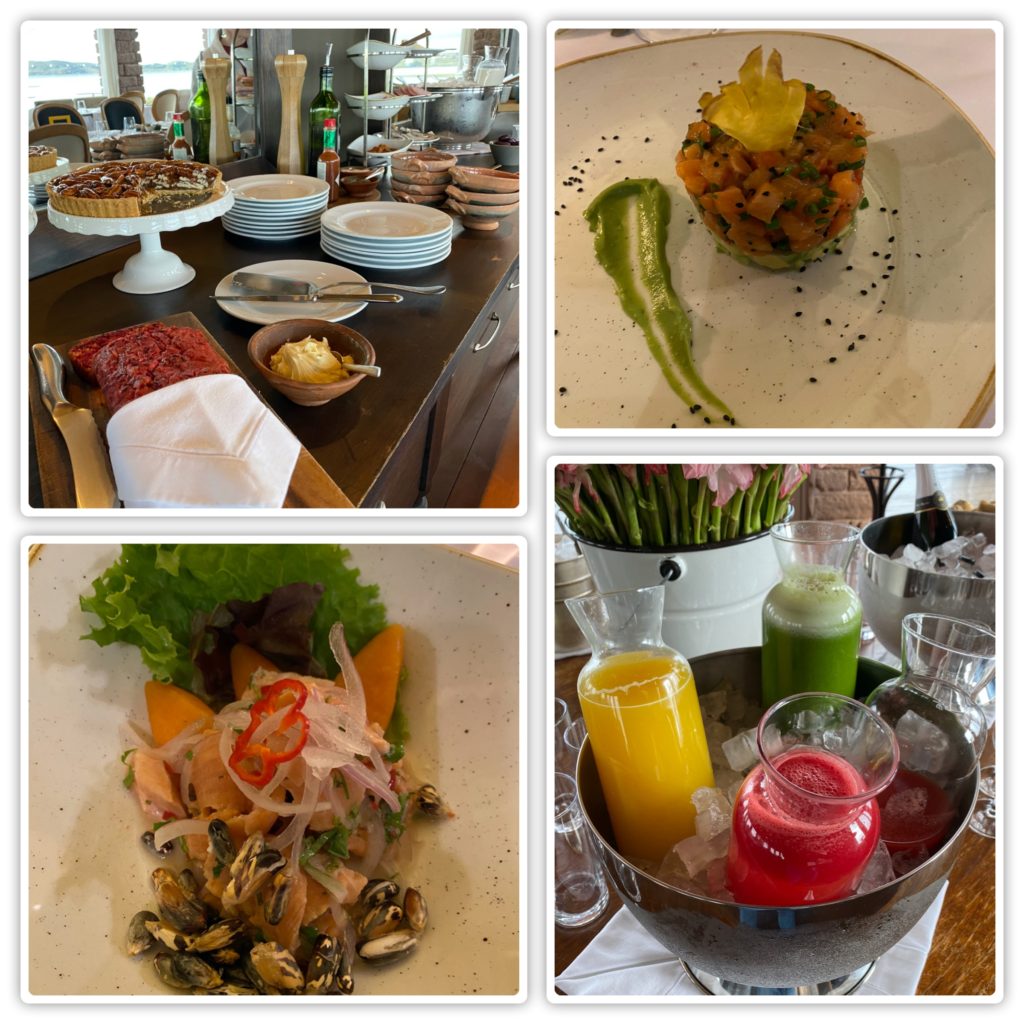
Views from the hotel
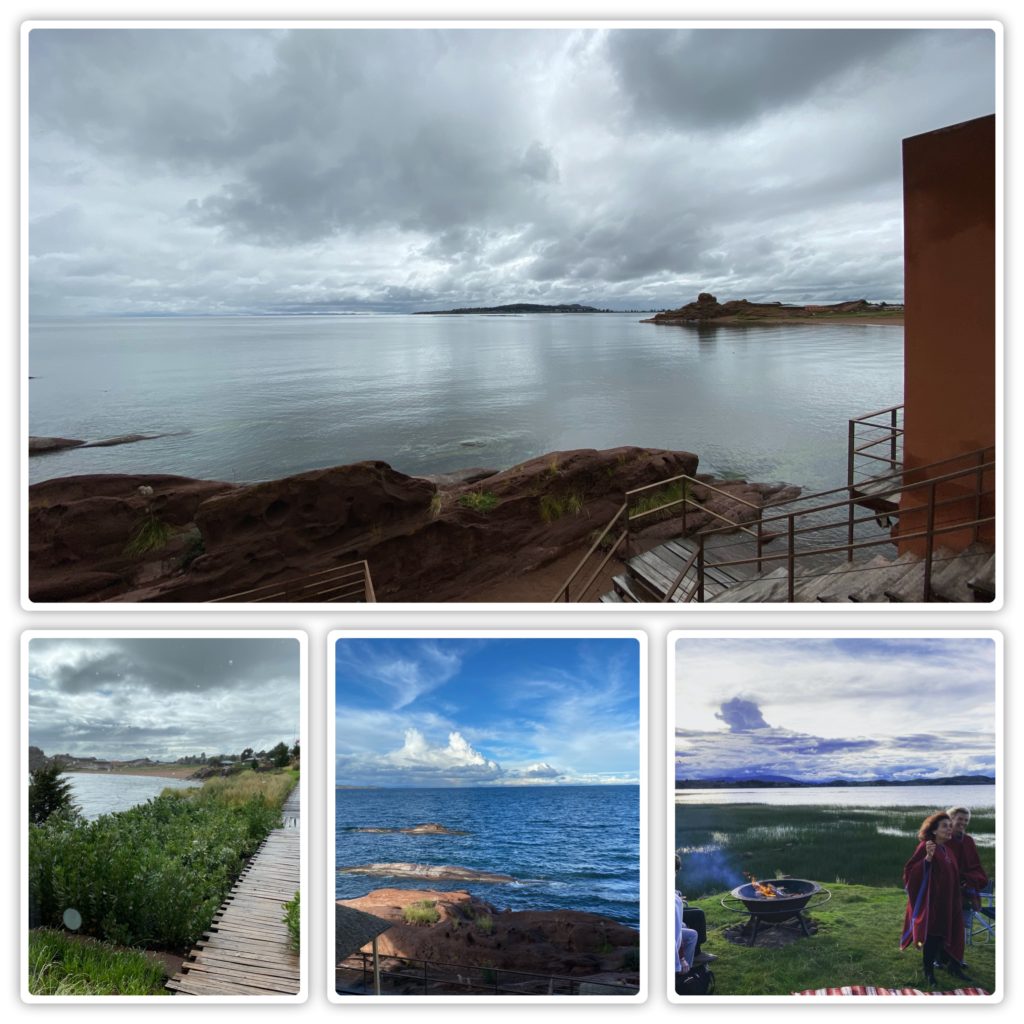
The American Trade Hotel in Panama City
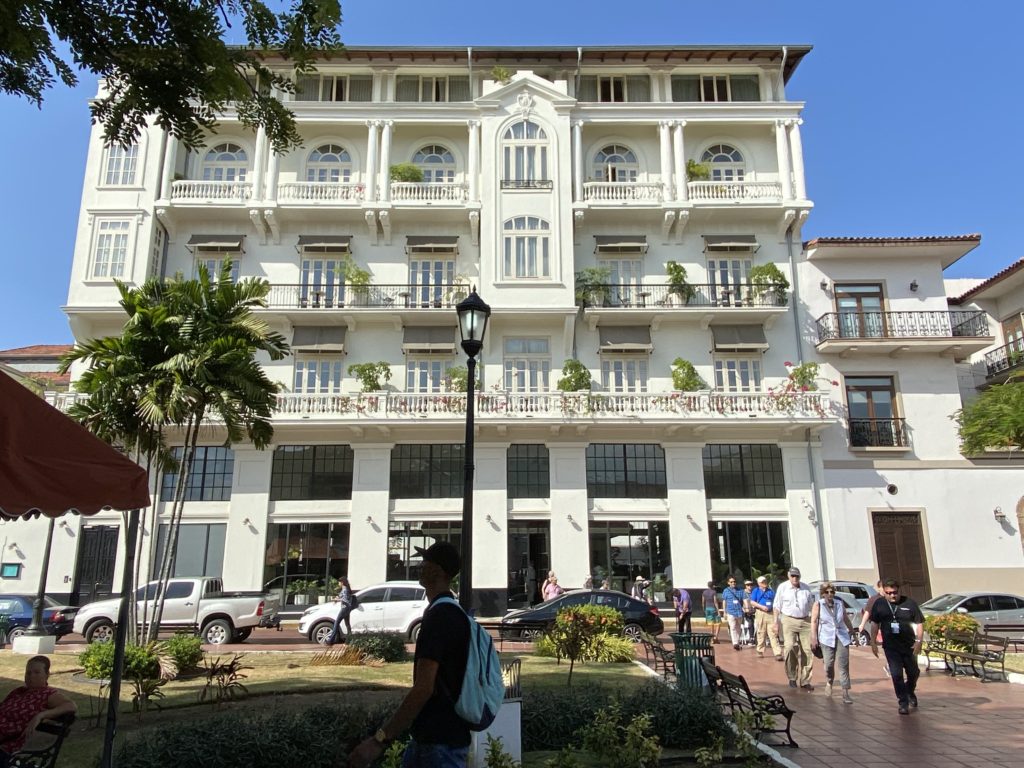
This was originally restored and operated by the Atelier Ace Hotel Group but has since been taken over by the SLH Group. It is in the Casco Viejo district, the oldest section of the city. It is a very lively scene and convenient to restaurants and shops.
I LOVED it but I heard from several of my fellow travelers that they were not feeling the vibe and didn’t get the charm of this beautifully restored and chic property.
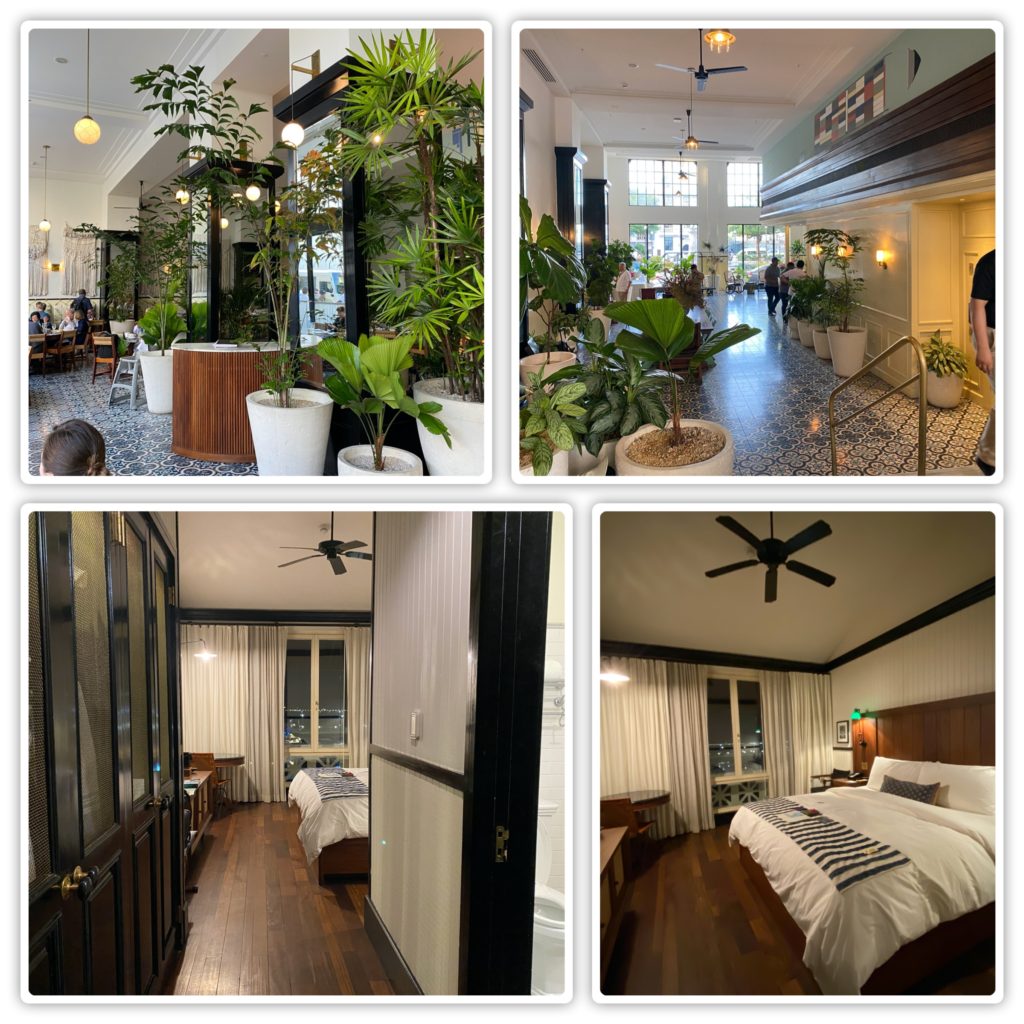
5. Our local guides
Two have been particularly outstanding with extremely inspiring backstories.
Carlos Vivar in Guatemala
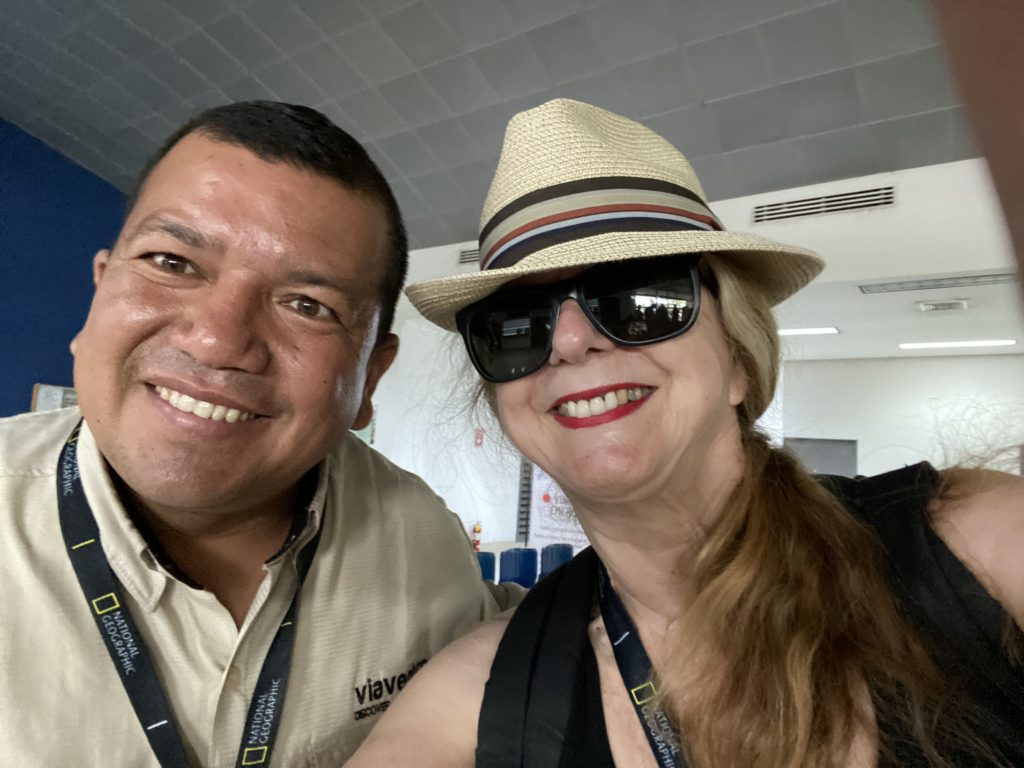
Carlos, upon being asked where he learned English, explained that as a six-year old boy, he first heard English spoken when pilots flew in to his village to gather gum ingredients for the Wrigley Company. (Interesting side note, Carlos saw planes years before he encountered his first car – which he thought was broken because it couldn’t fly!).
Carlos continued to be enthralled by the sound of the English language. By the time he was 14, after his father had been killed during the country’s long civil war, he left home and headed to Flores to see if he could attend high school. After the first day, the headmaster asked where he was from and where he was staying and invited him to have dinner at home with his wife and family. After speaking with Carlos, they invited him to stay with them while he finished his studies (btw, education is not compulsory in Guatemala).
Carlos is now rightly considered one of the most celebrated guides in Guatemala and a global speaker on Mayan culture.
Alberth in Lake Titicaca, Peru
Alberth story is somewhat similar to Carlos’ – he was also inspired to learn English and become a tour guide when, at age 7, he saw a tour guide taking a group near his floating island reed home in Puno. From that moment on, he dedicated himself to studying and to becoming an expert guide. His goal now, he told us, is to buy a tour boat (“but better than anything now on the lake”). He’s going to go into this new business venture with his parents who are also encouraging him and will be active financial partners. His parents are also warning him to make sure he finds a bride who is “not lazy.”
Bottom Line.
Must wrap it up now as we are heading back to Lima (which involves a two hour bus ride, followed by a 90 minute flight. Next up: we are off to Rio.
